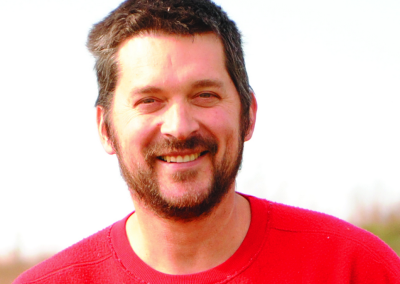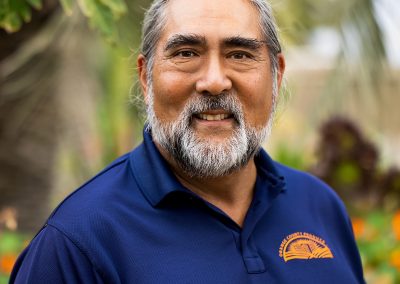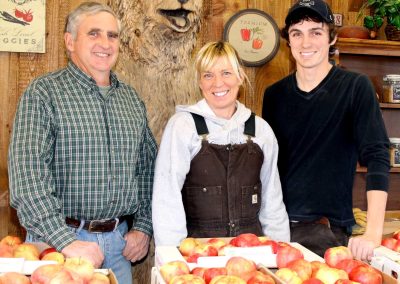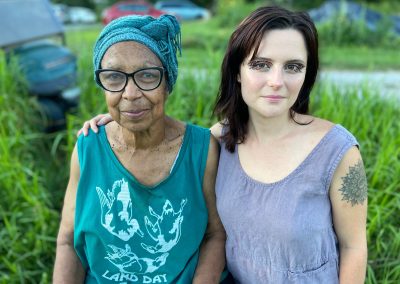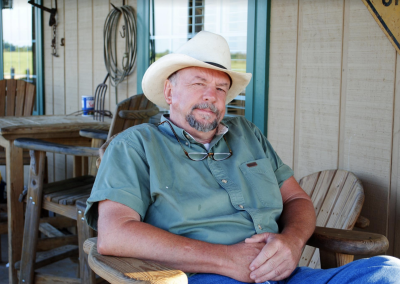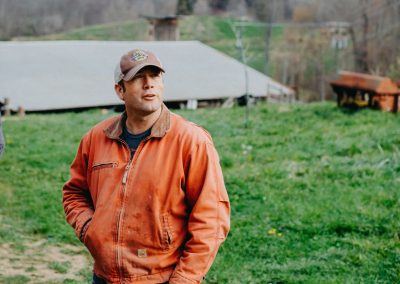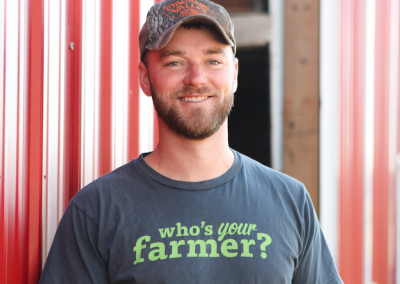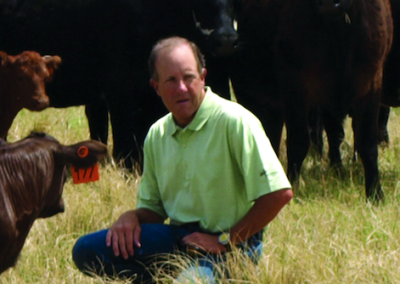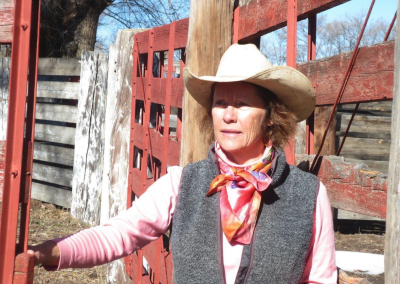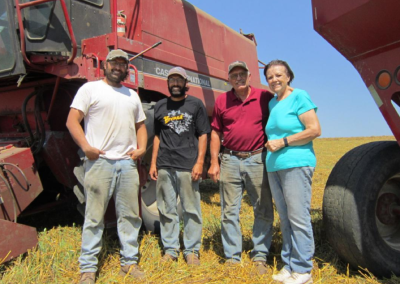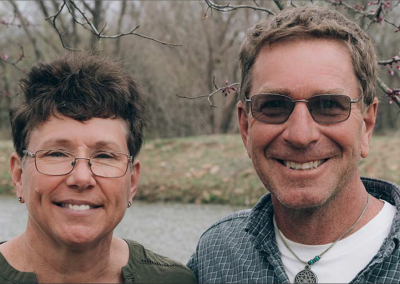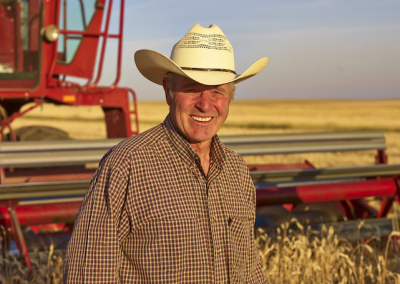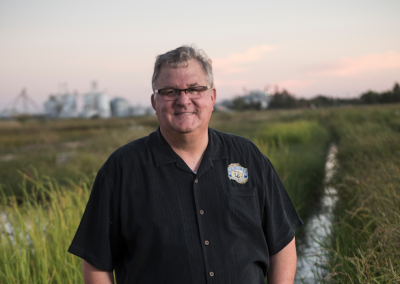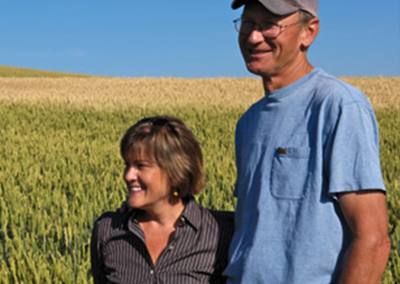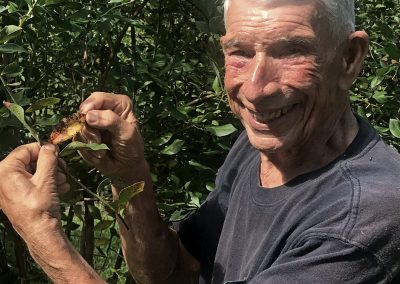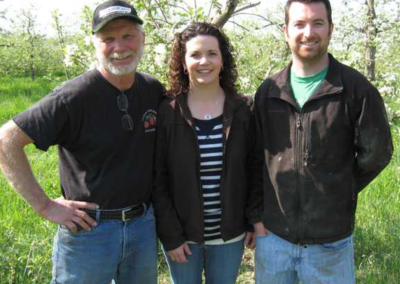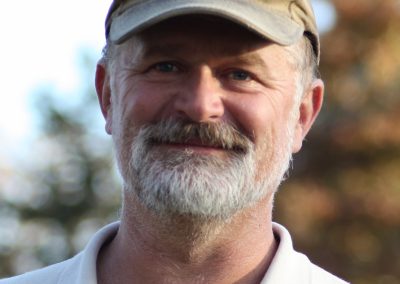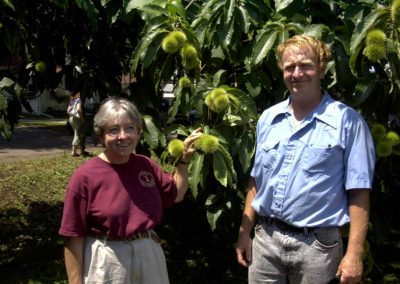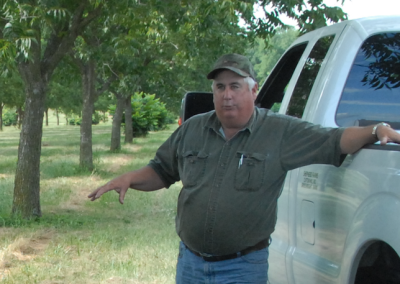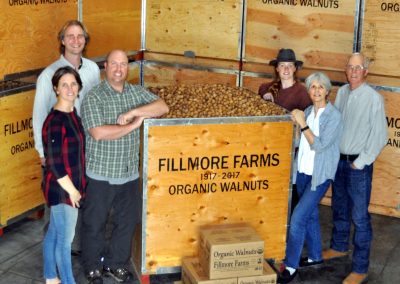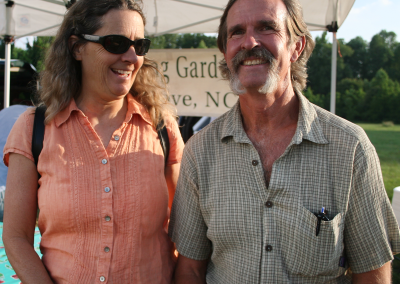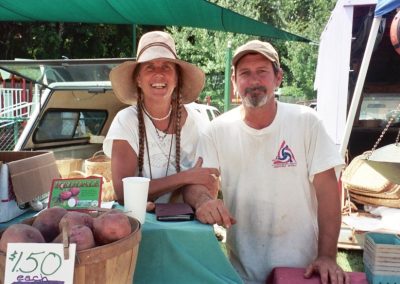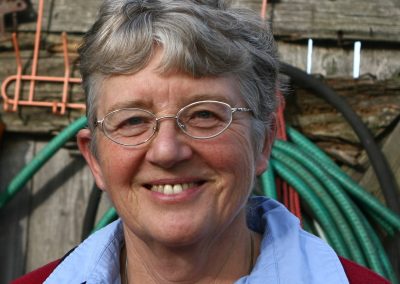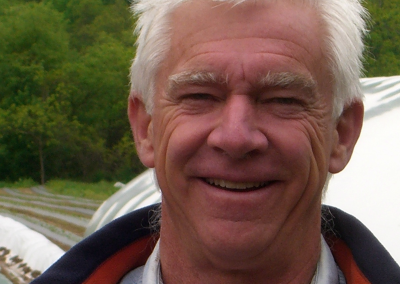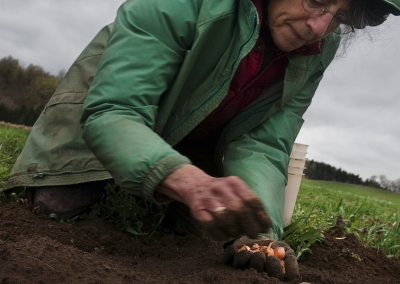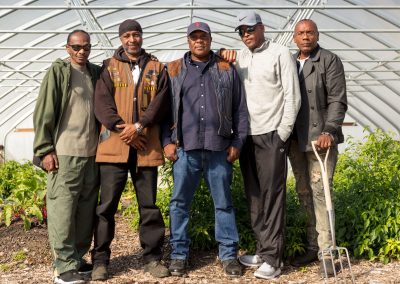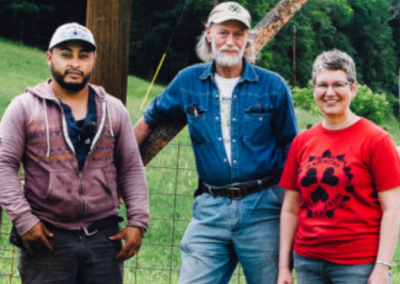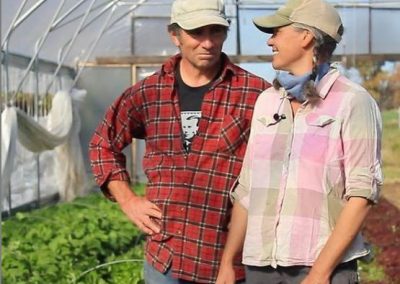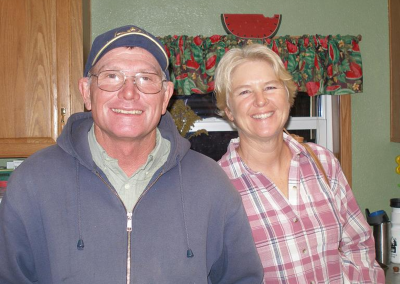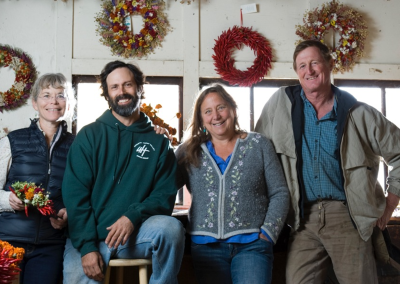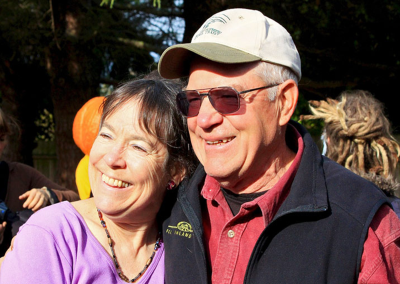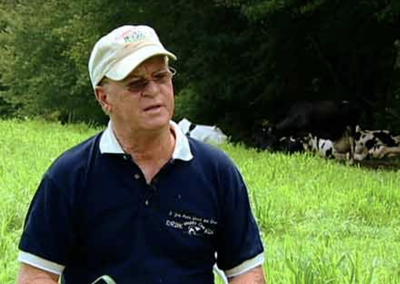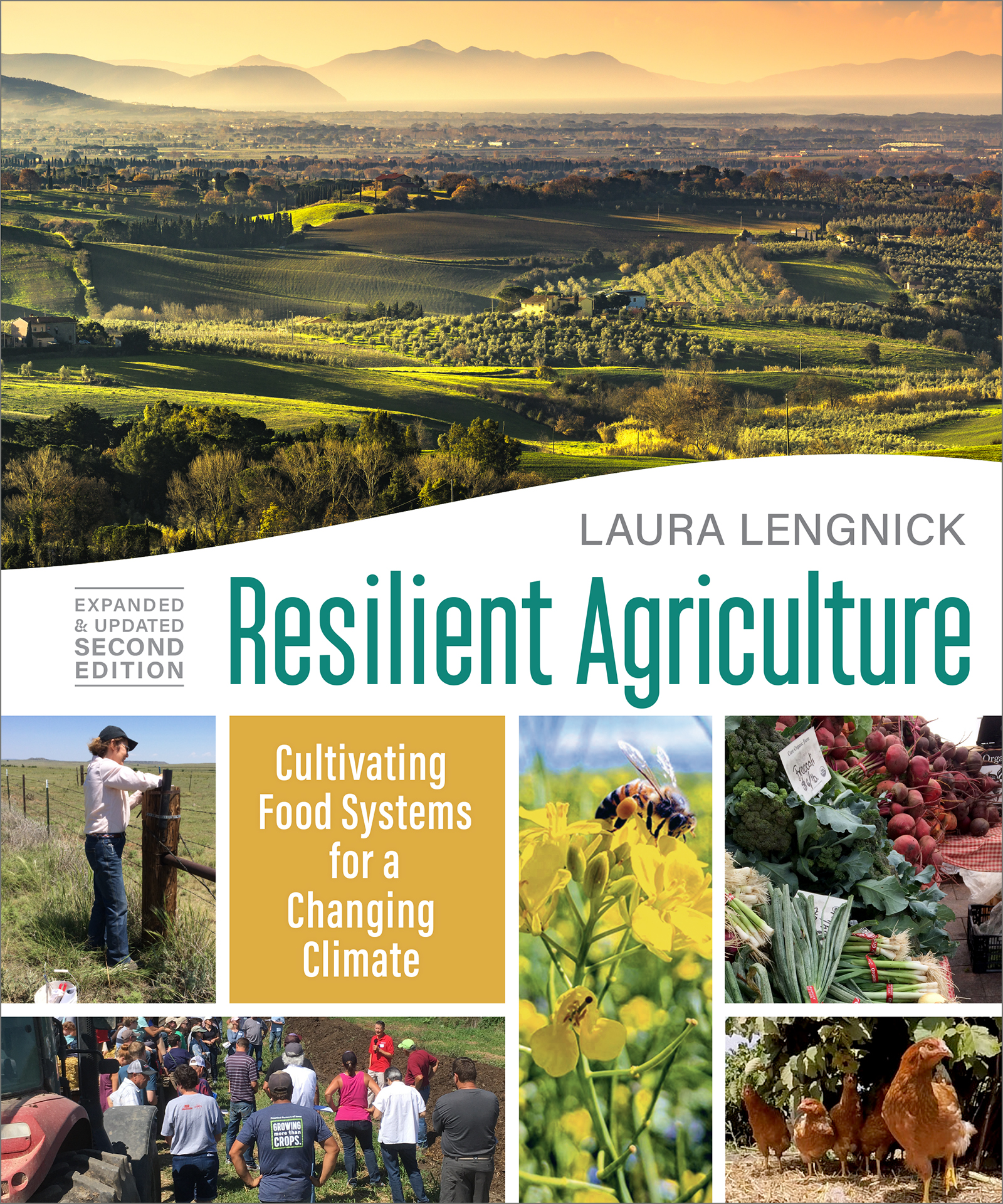
Real World Resilience:
Stories of Land, People, and Community
Use the tabs below to filter the stories by region, main product, and book edition. Learn more about the origins of this project →

About the Project
It was way back in 2011 when – much to my surprise – I discovered that the voices of American farmers and ranchers were absent from the many rich discussions about agricultural adaptation to climate change underway throughout the rest of the world. I decided to do what I could to address this silence and got started in 2012 on a climate listening project that has now spanned more than a decade and engaged hundreds of sustainable farmers and ranchers growing vegetables, fruits, nuts, grains, meats and dairy products across the U.S.
In those early years, I focused on gathering stories from producers with 20 years or more experience using sustainable production practices. I also made a point of listening to producers located in many different regions of the U.S.
Why sustainable? Because I thought that these farmers and ranchers might offer particularly valuable examples of real-world resilience. I knew that sustainable producers were ineligible for most of the subsidy enjoyed by producers using more conventional practices. This means that sustainable producers have no choice but to design and manage for resilience just to stay in business — they are farming without a safety net.
Why longtime? Because I knew that climate change effects began to accelerate in the U.S. around the year 2000 and then again in 2010. I wanted to listen to farmers and ranchers who were the most likely to have noticed these changes in weather.
Why all over the U.S? Because I knew that the changing weather patterns associated with climate change were not the same everywhere, so farm location was an important factor in their lived experience of climate change.
— Laura Lengnick, Author of Real World Resilience
Download First Edition Stories
Thank you for your interest in Resilient Agriculture! It would be helpful for us to know more about why you are interested in our resources and how you might use them. We will review your responses to the questions below to inform future design and content of this platform. We will not use your responses in our marketing or share your responses with anyone outside this organization. Thank you for taking a moment to help us improve our resources!
